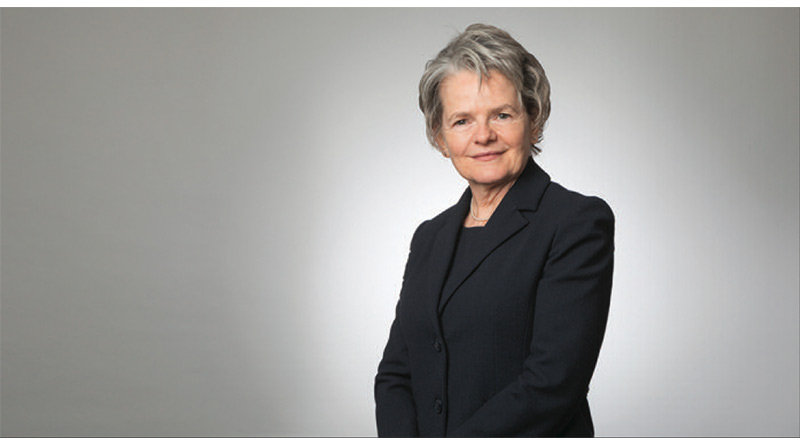Visitors to Care Homes Over Christmas
By Mary – Teresa Deignan, barrister specialising in healthcare practising from Temple Garden Chambers (mtdeignan@tgchambers.com)
On 1 December 2020 the Department of Health and Social Care issued its most recent guidance on visitors to care homes during COVID-19. This guidance applies to England, is effective from 2 December 2020 and supersedes all previous guidance.
In England, the guidance aims to strike a balance between, on the one hand, the benefits of visiting in terms of wellbeing and quality of life, of both residents and their visitors, and on the other hand, the risk of residents, staff or visitors becoming infected with COVID-19.
The guidance refers to a number of pieces of legislation but not to that governing health and safety.
The main piece of health and safety legislation is the Heath and Safety at Work Act 1974; this is supplemented with a number of regulations, some of which are activity specific e.g. the one well-known in the care home sector, the Control of Substances Hazardous to Health Regulations 2002, commonly known as COSHH.
Breach of health and safety legislation may give rise to both criminal and civil liabilities.
For a criminal offence to be committed no one has to have been harmed, there only has to be a risk.
Under civil law, if someone has been injured or made ill through the negligence of an employer, there may be a claim against the employer for compensation. An employer may also be found liable if someone who works for them has negligently caused harm to someone else.
By carrying out their functions with the objective of ensuring, so far as reasonably practicable, the health, safety and welfare of residents, staff and visitors, care home providers are likely to reduce their exposure to criminal prosecution and/or claims for compensation. To achieve this with visitors over Christmas providers will, in addition, seek to manage and control risks associated with visitors and COVID-19.
Measures identified in the guidance to challenge the risk of infection with COVID-19 include:
• the use of lateral flow devices to test visitors on arrival – a nasal swab test that does not need to be sent to a laboratory and can give a result in less than an hour
• robust infection prevention and control measures
• limiting to 2 the number of named visitors who can visit each individual resident
• use of personal protection equipment
• social distancing
• hand hygiene
The challenge faced by care home providers is, however, more complex than the above list. The ‘journey’ of each visitor to each resident will have to be considered to identify those parts of that ‘journey’ that present a foreseeable risk of harm and, if foreseeable harm is identified, providers will have to undertake a risk assessment to identify reason- ably practicable measures to eliminate or reduce that risk.
Separate guidance has been provided by the Department of Health and Social Care for residents leaving care homes for visits. This will be covered in a further article.
The guidance can be found at:
The Welsh government has issued separate guidance; this can be found at:
https://gov.wales/visits-care-homes-guidance-provider-htlm
The Scottish government has also issued separate guidance; this can be found at:
https://www.gov.scot/publications/coronavirus-covid-19-adult-care-homes-visiting-guidance/
There is separate guidance for Northern Ireland which can be found at:

